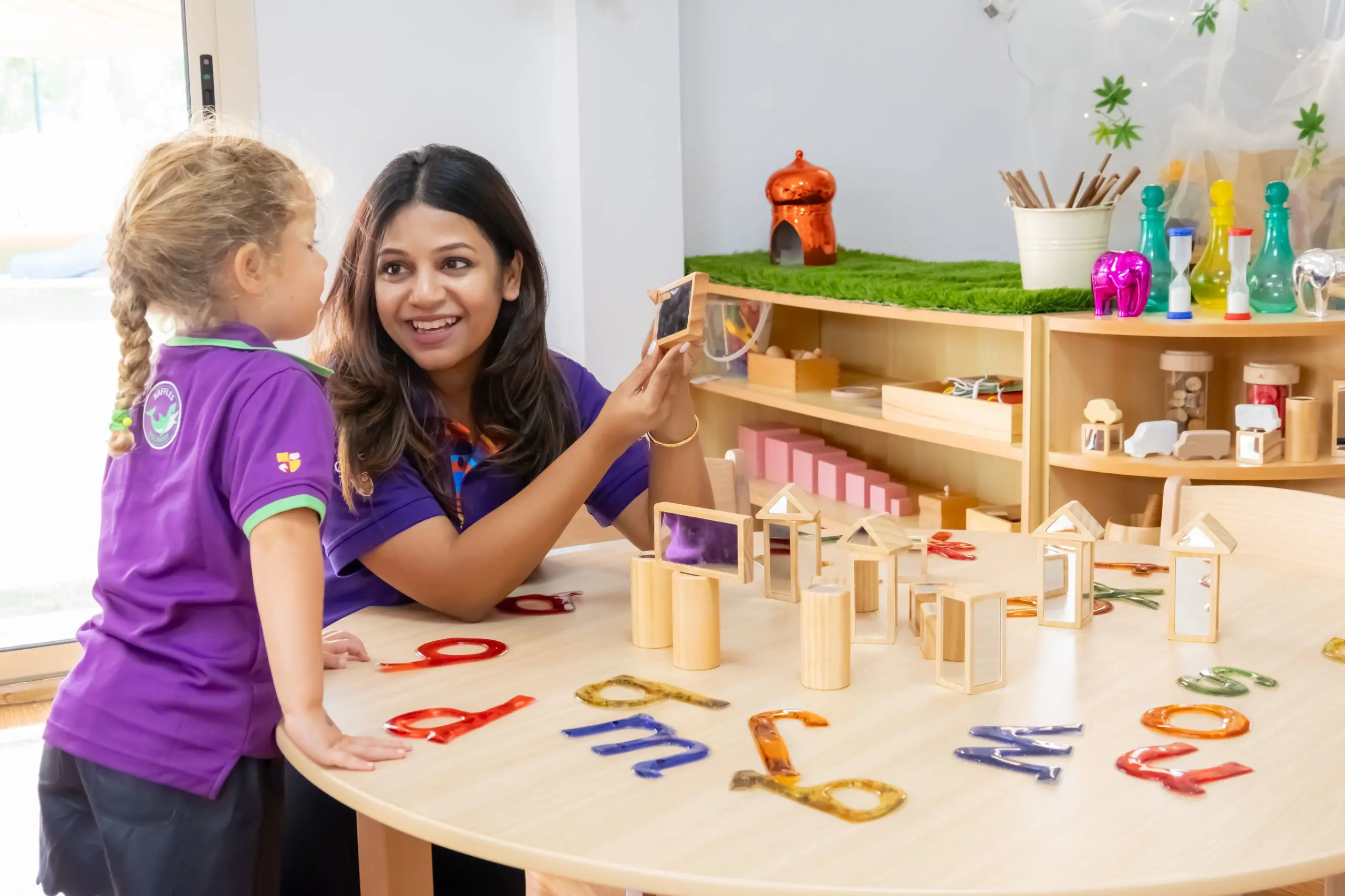CCA
At Raffles Early Childhood Centre’s we strongly believe in providing a broad range of optional after -school activities that children can enjoy from the convenience of our Early Childhood settings.
After School Activities
At Raffles Early Childhood Centre’s we strongly believe in providing a broad range of optional after -school activities that children can enjoy from the convenience of our Early Childhood settings.
We work in partnership with several high-quality, licensed community providers to provide a range of fun, purposeful, and inclusive learning activities. We offer a variety of age-appropriate programs every weekday, spanning sports, well-being, athletics and more. These activities help children express themselves, appreciate various art forms, and have fun while fostering creativity.
Sportzcise
Sportzcise offers enrichment programs for children aged 2 and above, teaching the fundamentals of sports through fun and active play. Their qualified coaches tailor each lesson to the child's age and skill level, creating an interactive and enjoyable environment. The curriculum is designed around the Early Years Foundation Stage ethos, making learning both fun and educational.
Sportzcise aims to help children explore, learn, and grow while having the time of their lives with friends. Their programs include soccer, ballet, and karate, providing a diverse range of activities to engage and inspire children.
For more information about the CCA program in your branch of Raffles Early Childhood Centre, please speak to the ECC Manager.
Funkeynastix - Gymnastics
Funkeynastix is a fitness program for boys and girls that goes beyond gymnastics. It builds healthy bodies, increases confidence, and helps focus young minds for better academic results. Using specialized equipment, children develop basic movement skills, boosting their confidence to participate in all sports.
For more information about the CCA program in your branch of Raffles Early Childhood Centre, please speak to the ECC Manager.
Step Up Academy
Step up Academy provides our children with dance and performing arts opportunities. The classes are varied and provide an age and stage opportunity to learn various aspects within the performing arts.
For more information about the CCA program in your branch of Raffles Early Childhood Centre, please speak to the ECC Manager.







